Home>Gardening & Outdoor>Landscaping Ideas>Why Is My Dogs Pee Killing My Grass
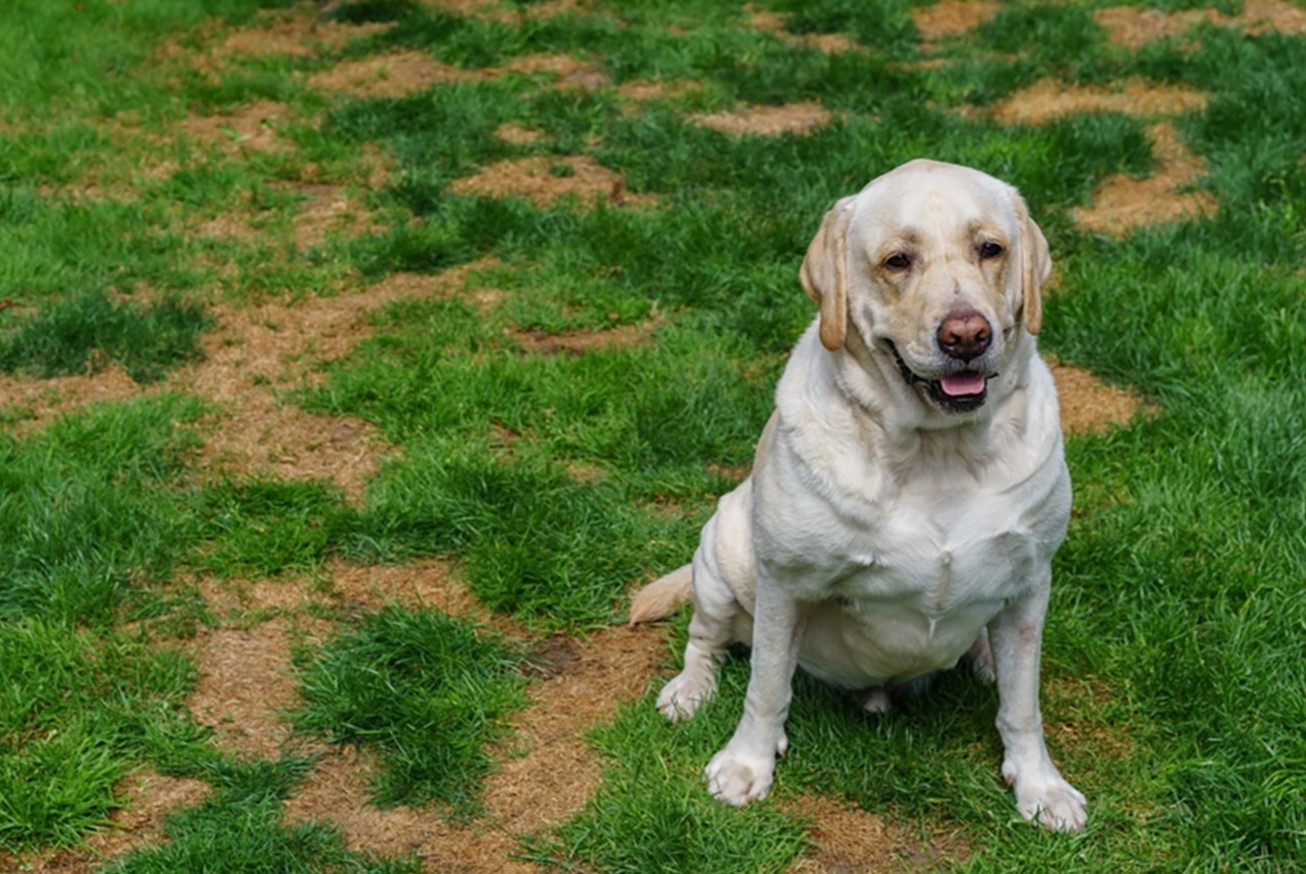

Landscaping Ideas
Why Is My Dogs Pee Killing My Grass
Published: January 29, 2024
Discover effective landscaping ideas to prevent your dog's pee from damaging your grass. Learn how to maintain a beautiful lawn while keeping your furry friend happy.
(Many of the links in this article redirect to a specific reviewed product. Your purchase of these products through affiliate links helps to generate commission for Storables.com, at no extra cost. Learn more)
Introduction
For many dog owners, the lush green lawn they once proudly nurtured can quickly become a battleground for a common concern: the impact of dog urine on grass. It can be disheartening to see brown spots and patches on what was once a pristine carpet of green. However, understanding why this happens and how to mitigate it can help maintain a harmonious coexistence between your furry friend and your yard.
In this article, we will delve into the intricate relationship between dog urine and grass, exploring the scientific mechanisms at play, the factors contributing to grass damage, and practical solutions to help protect your lawn. By gaining a deeper understanding of this issue, you can take proactive steps to preserve the beauty of your outdoor space while keeping your canine companion happy and healthy.
Key Takeaways:
- Protect your grass from dog urine by keeping your furry friend hydrated, watering the affected areas, and creating a designated bathroom spot. Adjusting your dog’s diet and using specialized lawn care products can also help maintain a vibrant lawn.
- Understanding the impact of dog urine on grass and implementing proactive solutions, such as strategic watering and adjusting your dog’s diet, can help minimize damage and promote a harmonious coexistence between your pet and your outdoor space.
Read more: Why Does My Dog’s Pee Turn The Grass Yellow
Understanding Dog Urine and Grass
When a dog urinates on the grass, the resulting impact can go beyond the visible browning of the affected areas. The primary culprit behind this phenomenon is the high nitrogen content in dog urine. While nitrogen is an essential component of fertilizers that promote healthy plant growth, a concentrated amount, such as that found in dog urine, can have the opposite effect on grass.
When a dog urinates on the lawn, the urine acts as a concentrated nitrogen fertilizer, essentially “burning” the grass in the affected spots. This occurs because the high levels of nitrogen in the urine dehydrate and “overdose” the grass, leading to the unsightly brown patches that many dog owners are familiar with.
It’s important to note that the size and frequency of the dog’s urination, as well as the dog’s diet, can influence the extent of the damage. Larger dogs and those with diets high in protein are more likely to produce urine with elevated nitrogen levels, exacerbating the impact on the grass. Additionally, female dogs, which tend to urinate in a single location, may cause more concentrated damage in specific areas compared to male dogs, which typically distribute their urine over a larger area.
Understanding the science behind the interaction of dog urine and grass is crucial in addressing this issue effectively. By grasping the underlying mechanisms, dog owners can implement targeted strategies to minimize the damage and maintain a vibrant lawn.
Factors Contributing to Grass Damage
Several factors contribute to the extent of grass damage caused by dog urine. Understanding these elements can shed light on the dynamics at play and inform the implementation of effective solutions.
- Urine Concentration: The concentration of nitrogen in a dog’s urine can significantly impact the degree of grass damage. Dogs that have limited access to water or hold their urine for extended periods are more likely to produce highly concentrated urine, intensifying its effect on the grass.
- Dog Size and Diet: Larger dogs and those with diets rich in protein tend to produce urine with higher nitrogen content, posing a greater risk to the grass. Monitoring the dog’s diet and ensuring adequate hydration can help mitigate the impact.
- Urination Frequency and Pattern: Female dogs, which typically urinate in one location, may cause more concentrated damage to specific areas of the lawn. In contrast, male dogs tend to distribute their urine over a larger area, potentially reducing the severity of the damage in any one spot.
- Grass Type and Health: The type and health of the grass also play a role in its susceptibility to damage. Certain grass species may be more resilient to urine exposure, while factors such as soil quality and overall lawn maintenance can influence the grass’s ability to withstand the effects of dog urine.
- Environmental Conditions: Environmental factors, such as temperature and humidity, can interact with dog urine to impact grass health. For instance, hot and dry weather may exacerbate the dehydrating effect of urine, intensifying the damage to the grass.
By considering these contributing factors, dog owners can gain insight into the specific challenges their lawn faces and tailor their approach to minimizing grass damage effectively.
Consider training your dog to urinate in a specific area of the yard or dilute the urine with water after they go to reduce the impact on your grass.
Solutions for Protecting Your Grass
While it may seem challenging to maintain a healthy lawn in the presence of a beloved canine companion, there are several practical solutions that can help mitigate the impact of dog urine on grass. By implementing these strategies, dog owners can foster a flourishing lawn while ensuring their furry friends remain happy and healthy.
- Hydration: Encouraging your dog to stay well-hydrated can dilute the nitrogen concentration in their urine, reducing its potential to damage the grass. Providing access to fresh water at all times and ensuring regular hydration breaks during outdoor activities are essential steps in this regard.
- Strategic Watering: Watering the areas where your dog urinates immediately after they do so can help dilute and disperse the urine, minimizing its impact on the grass. This simple yet effective measure can significantly reduce the likelihood of unsightly brown spots developing.
- Designated Bathroom Area: Creating a designated bathroom area for your dog, such as a gravel or mulch patch, can concentrate the urine in a specific location, minimizing the overall impact on the lawn. Training your dog to use this area for urination can help preserve the rest of the yard.
- Adjusting Diet: Consulting with a veterinarian to optimize your dog’s diet can help regulate the nitrogen content in their urine. By adjusting the protein levels and overall composition of the diet, it is possible to reduce the potential for grass damage while promoting your dog’s well-being.
- Professional Lawn Care Products: Utilizing specialized lawn care products designed to neutralize the effects of dog urine can offer an additional layer of protection for the grass. These products work to counteract the nitrogen and minimize the damage, contributing to a healthier lawn overall.
By incorporating these solutions into your lawn care routine, you can proactively address the challenges posed by dog urine and maintain a vibrant, resilient lawn that accommodates both your pet and your outdoor enjoyment.
Conclusion
The interaction between dog urine and grass presents a common concern for many pet owners, but with a deeper understanding of the underlying mechanisms and practical solutions, it is possible to minimize the impact and maintain a beautiful lawn. By recognizing the role of nitrogen concentration, the influence of dog size and diet, and the significance of environmental and grass-related factors, dog owners can tailor their approach to effectively protect their grass.
Implementing strategies such as promoting hydration, strategic watering, creating designated bathroom areas, adjusting the dog’s diet, and utilizing specialized lawn care products can significantly mitigate the damage caused by dog urine. These proactive measures not only safeguard the grass but also contribute to the well-being and happiness of your canine companion.
Ultimately, achieving a harmonious balance between a thriving lawn and the presence of a beloved pet involves a combination of informed choices, proactive measures, and a commitment to both the natural environment and the welfare of our furry friends. By embracing these solutions and understanding the dynamics at play, dog owners can enjoy the beauty of a lush, resilient lawn while nurturing a fulfilling bond with their canine companions.
With a mindful approach to lawn care and a deep appreciation for the joys of pet ownership, it is possible to create a welcoming outdoor space that celebrates the vibrant beauty of nature alongside the boundless energy and companionship of our loyal dogs.
Frequently Asked Questions about Why Is My Dogs Pee Killing My Grass
Was this page helpful?
At Storables.com, we guarantee accurate and reliable information. Our content, validated by Expert Board Contributors, is crafted following stringent Editorial Policies. We're committed to providing you with well-researched, expert-backed insights for all your informational needs.
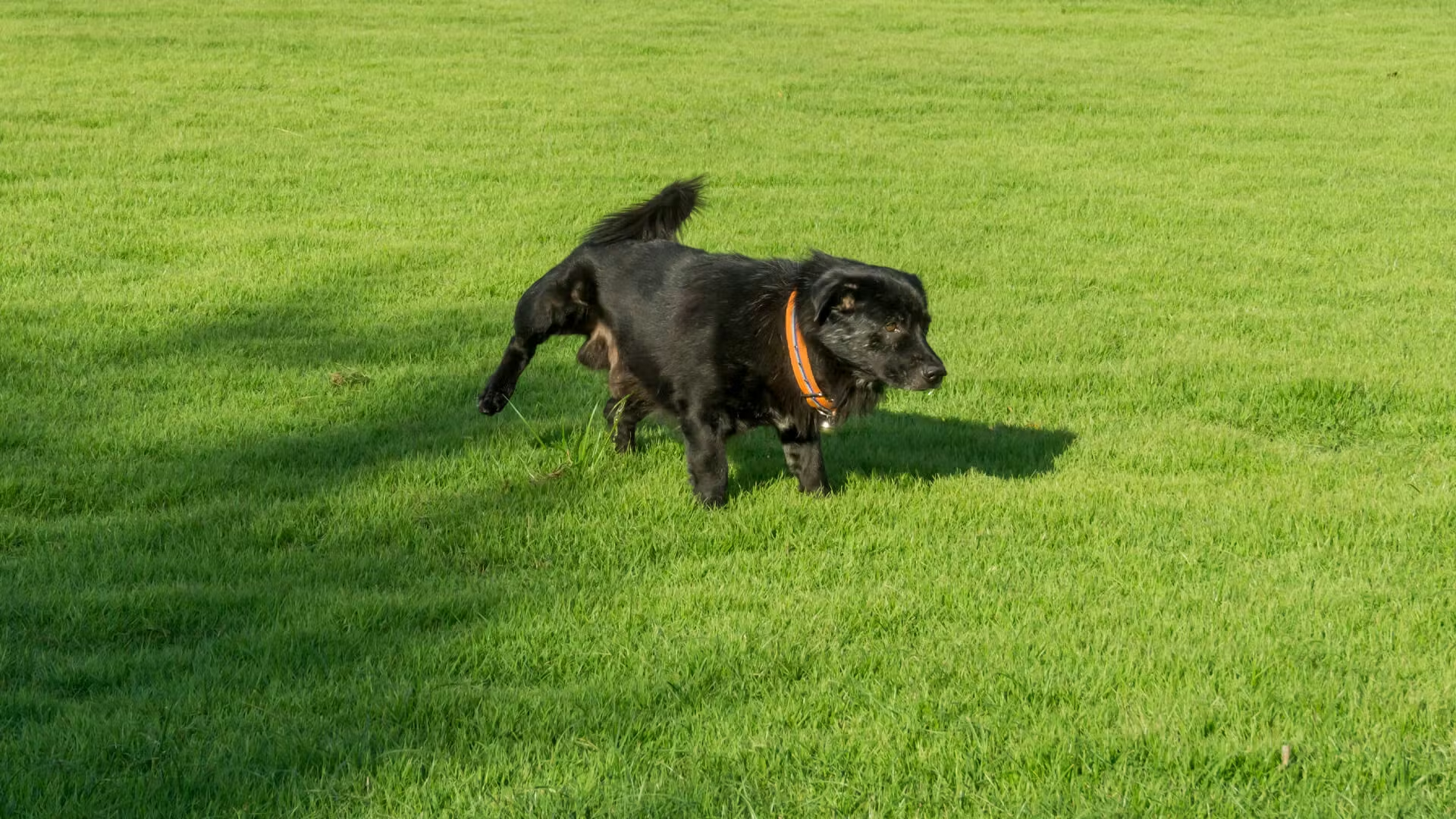
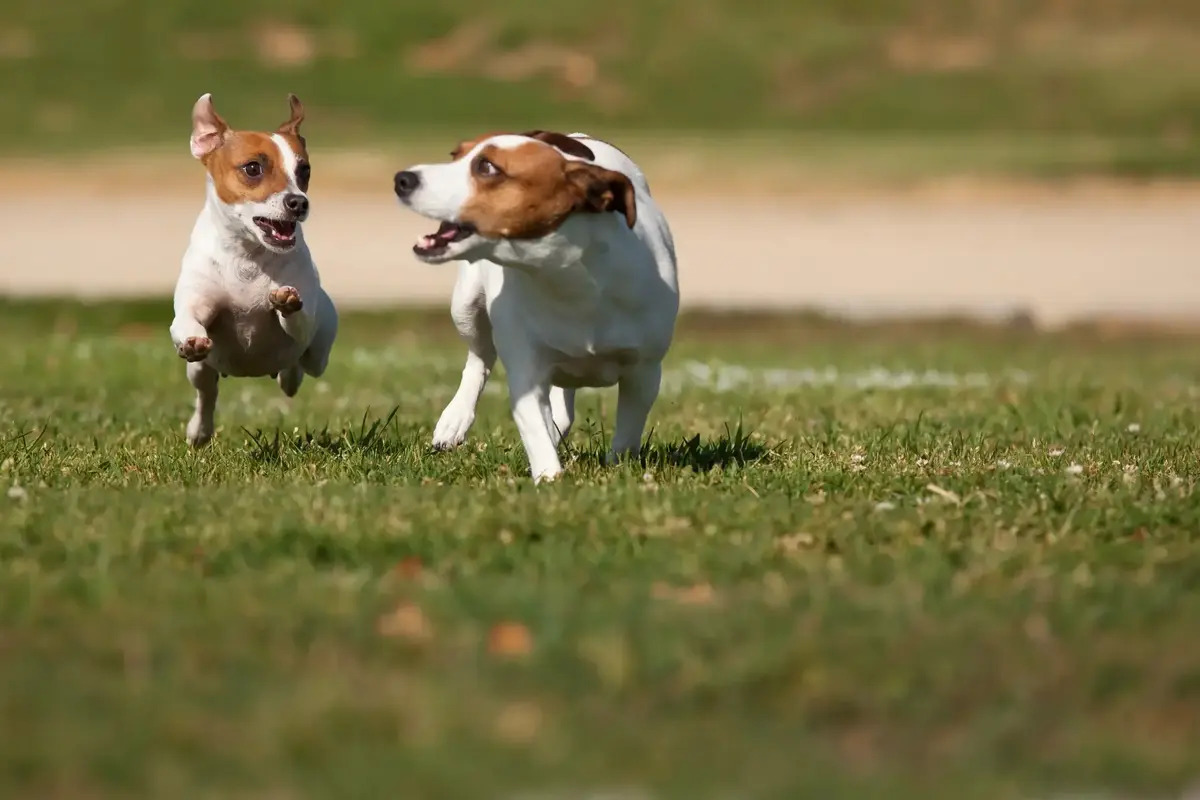
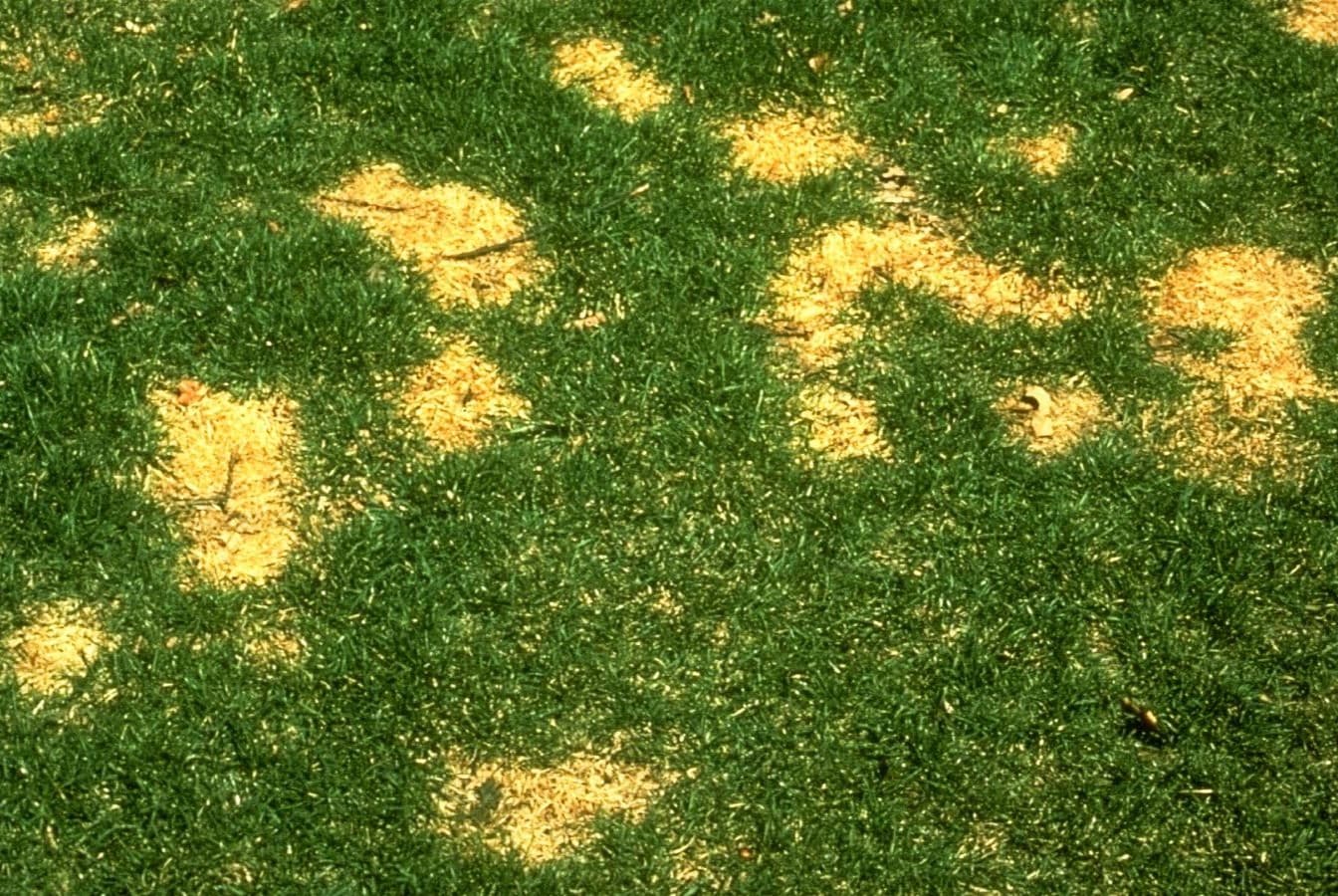
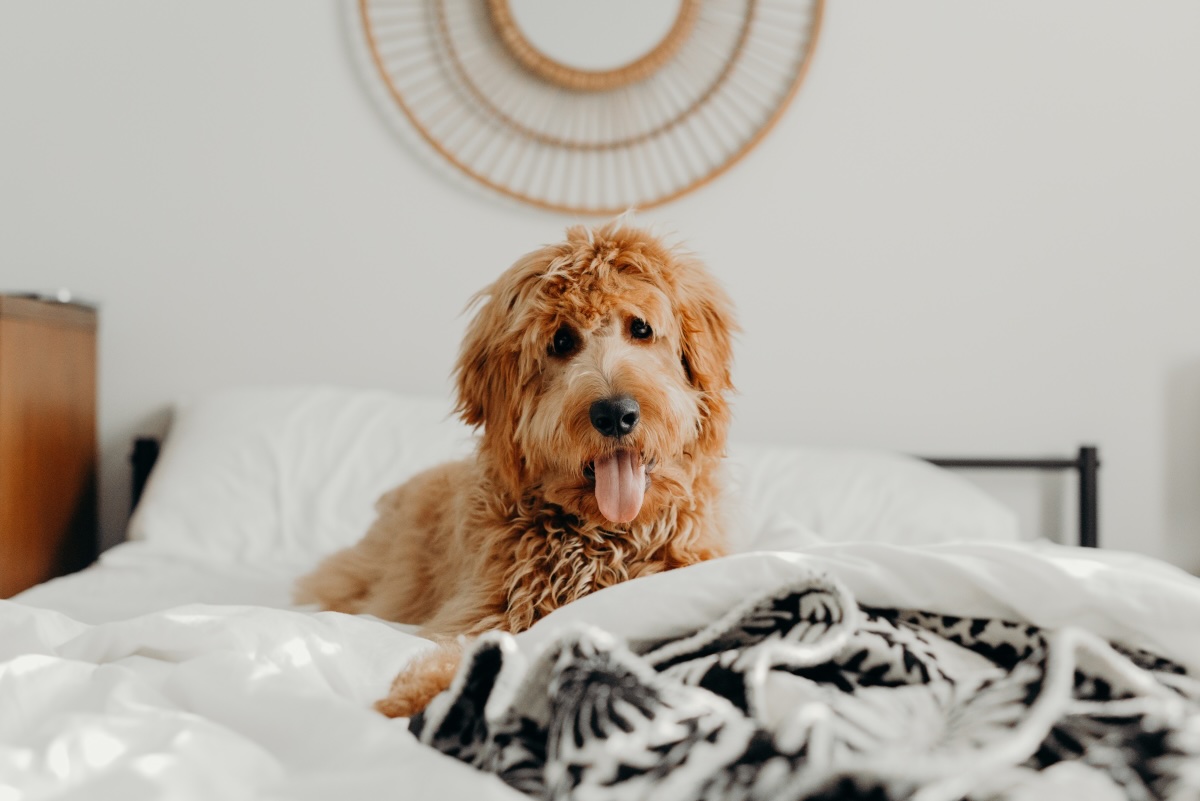
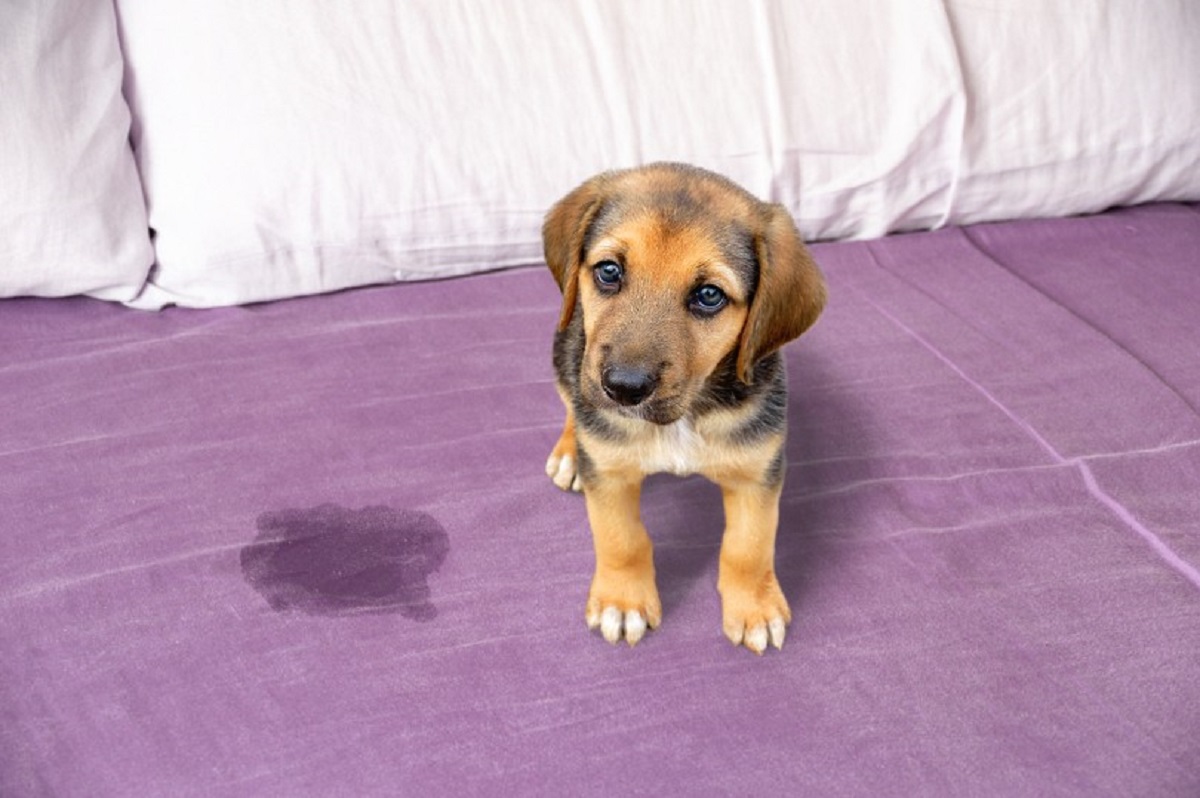
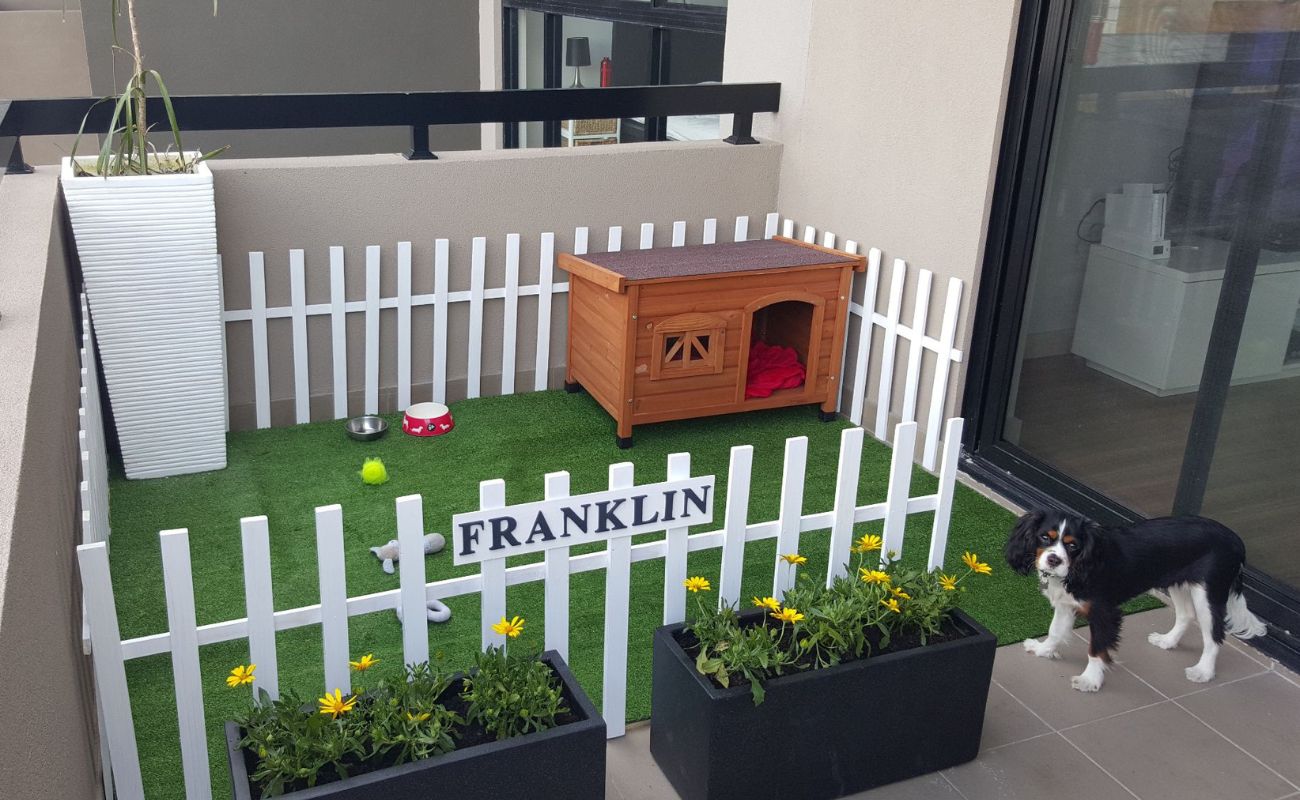
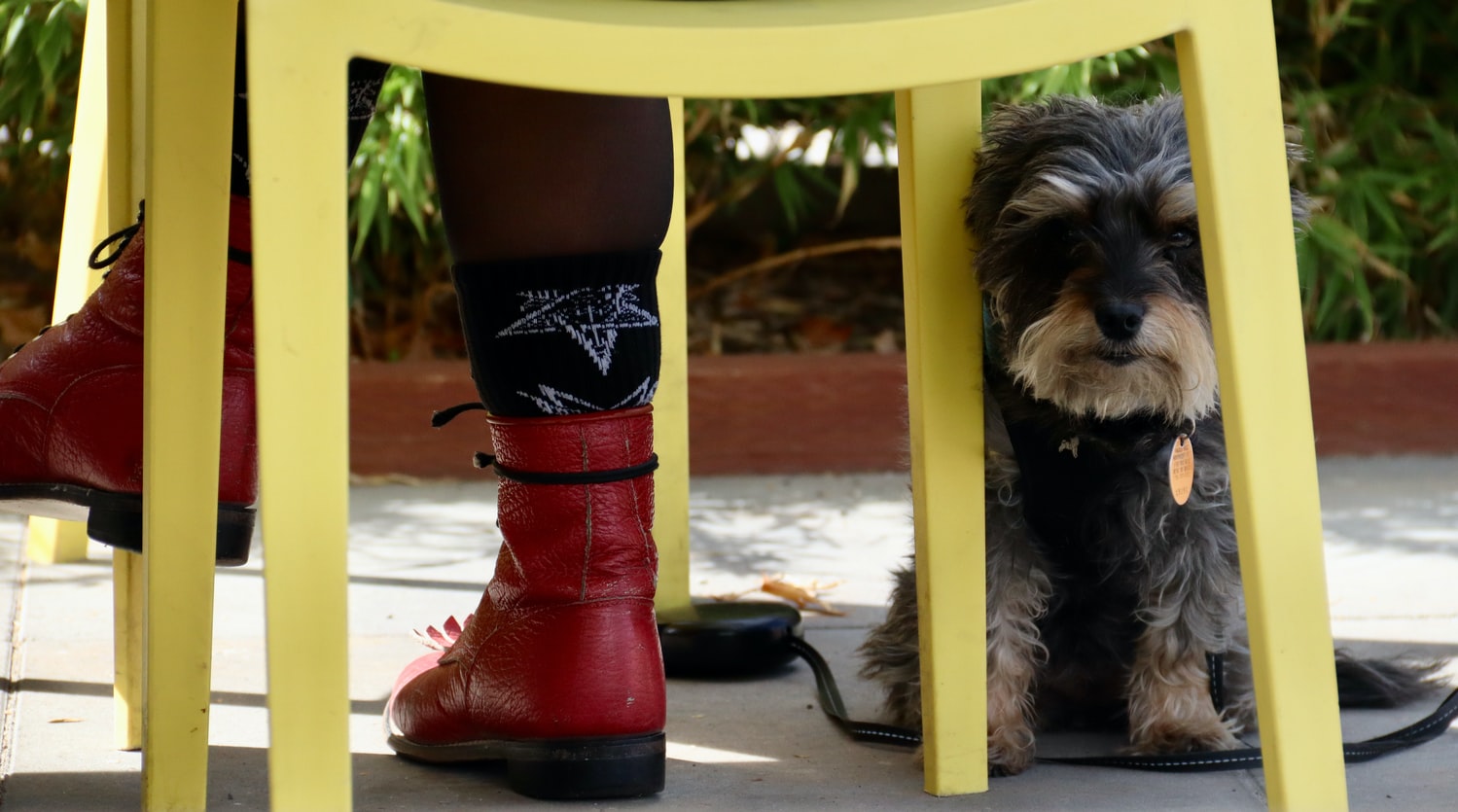
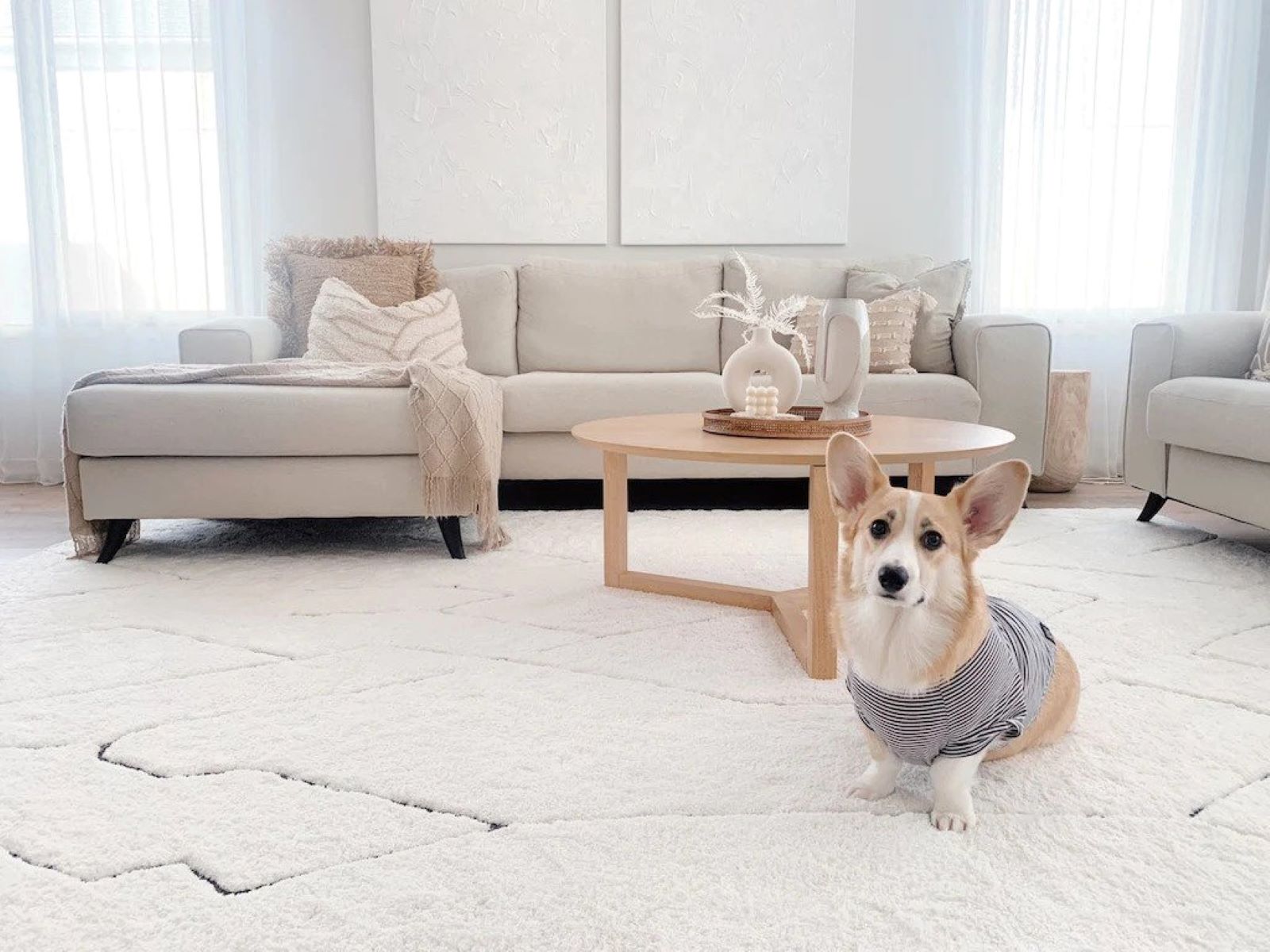

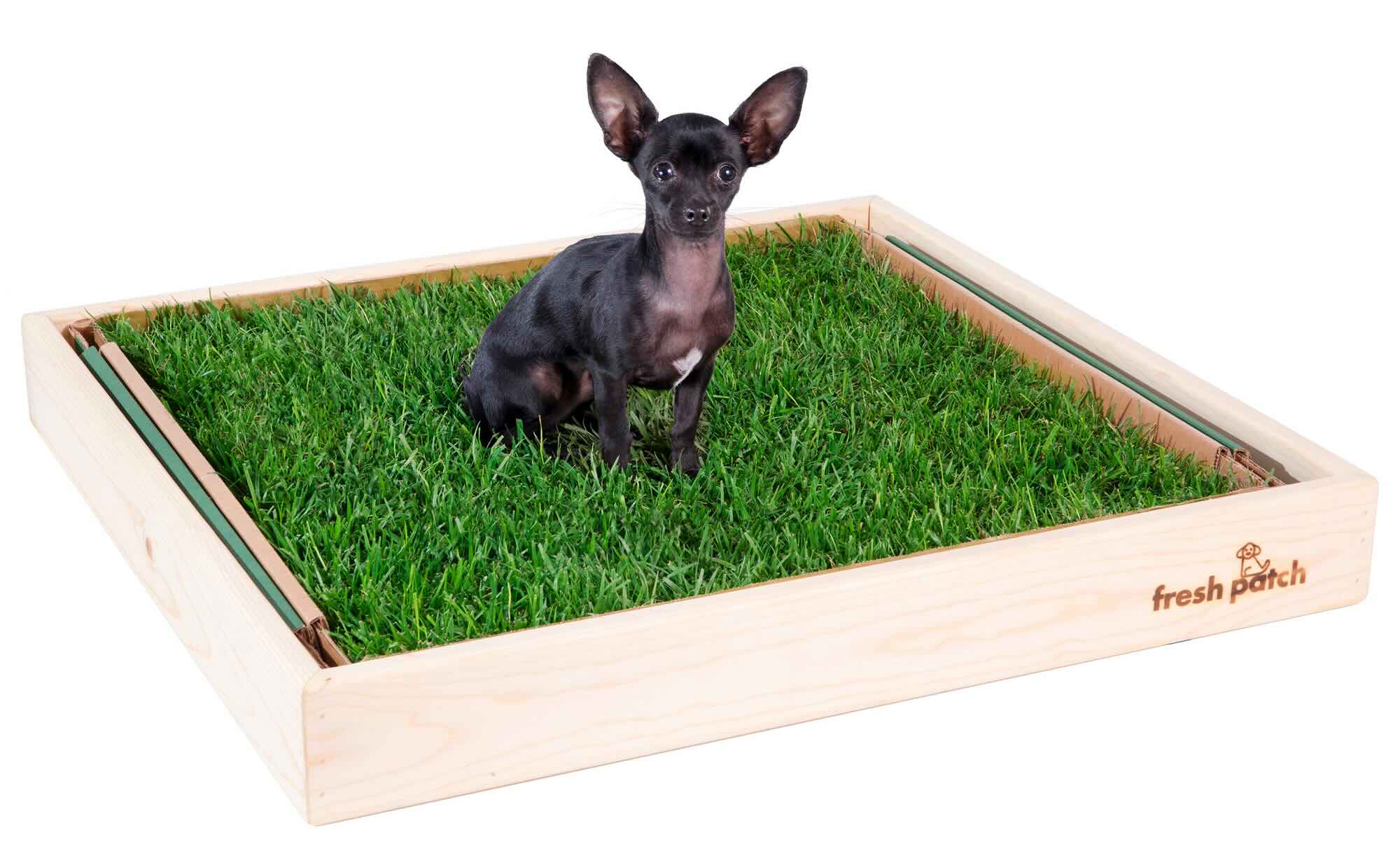
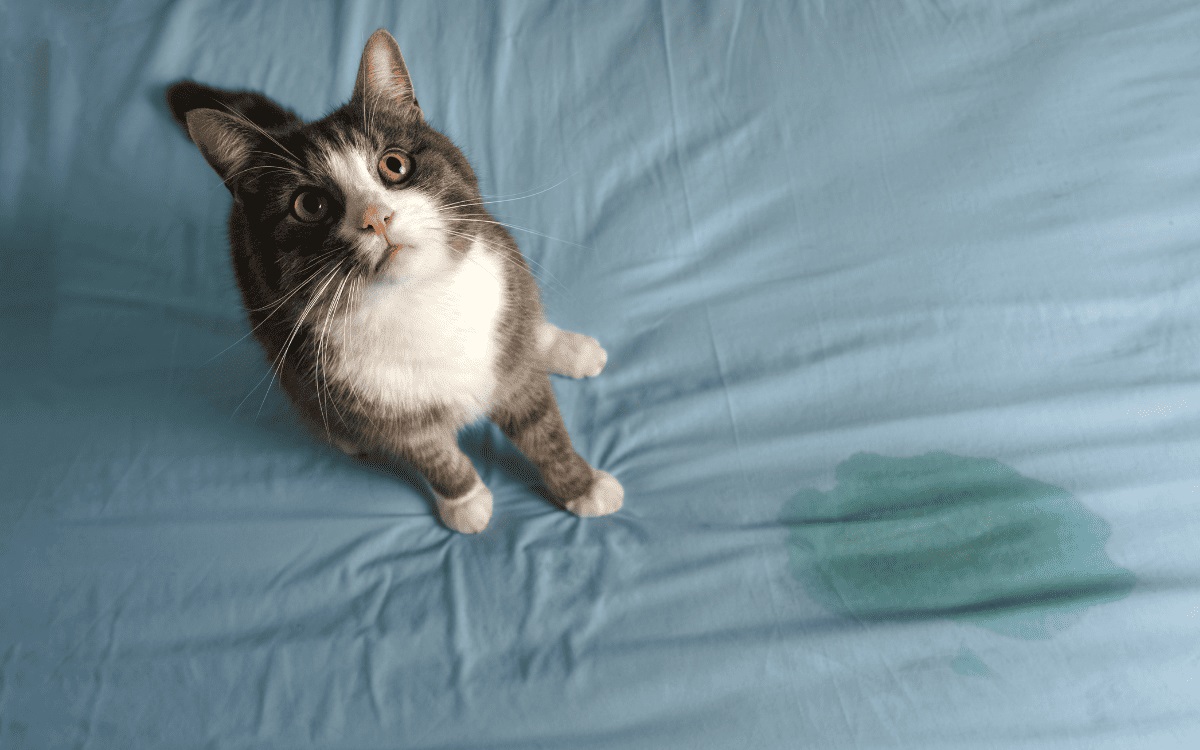
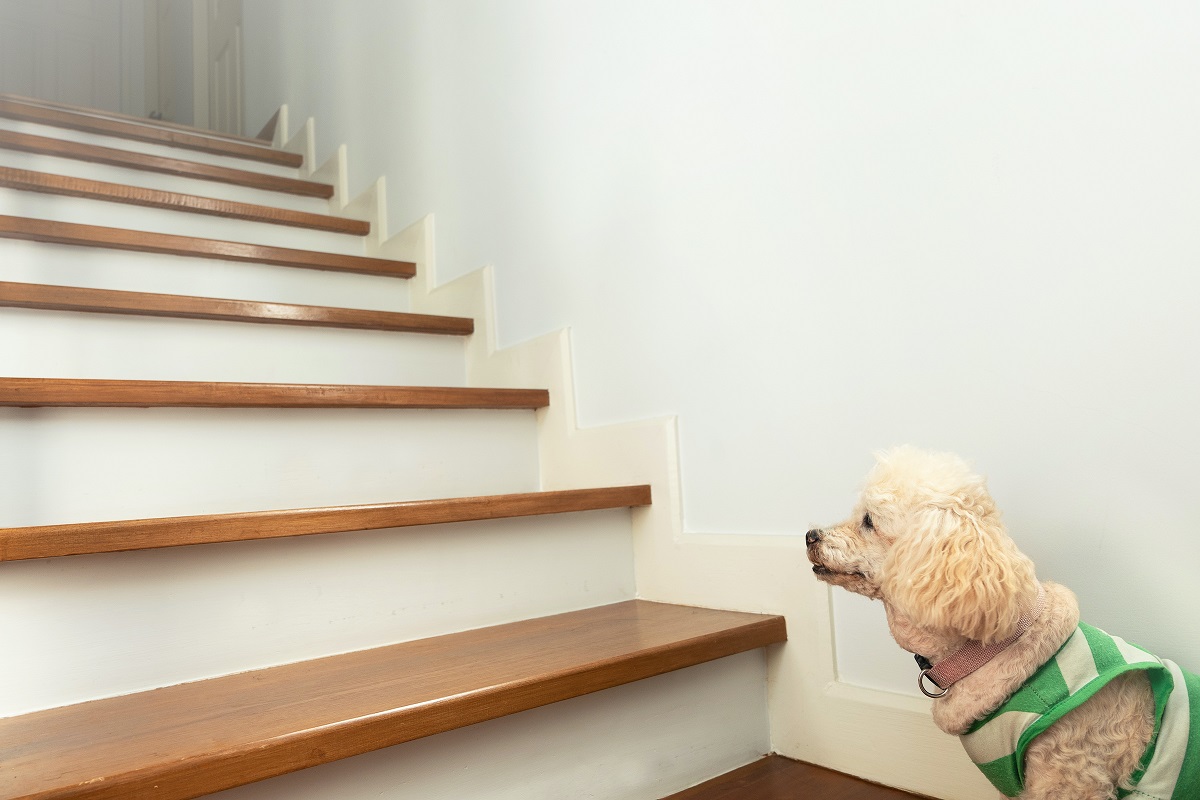
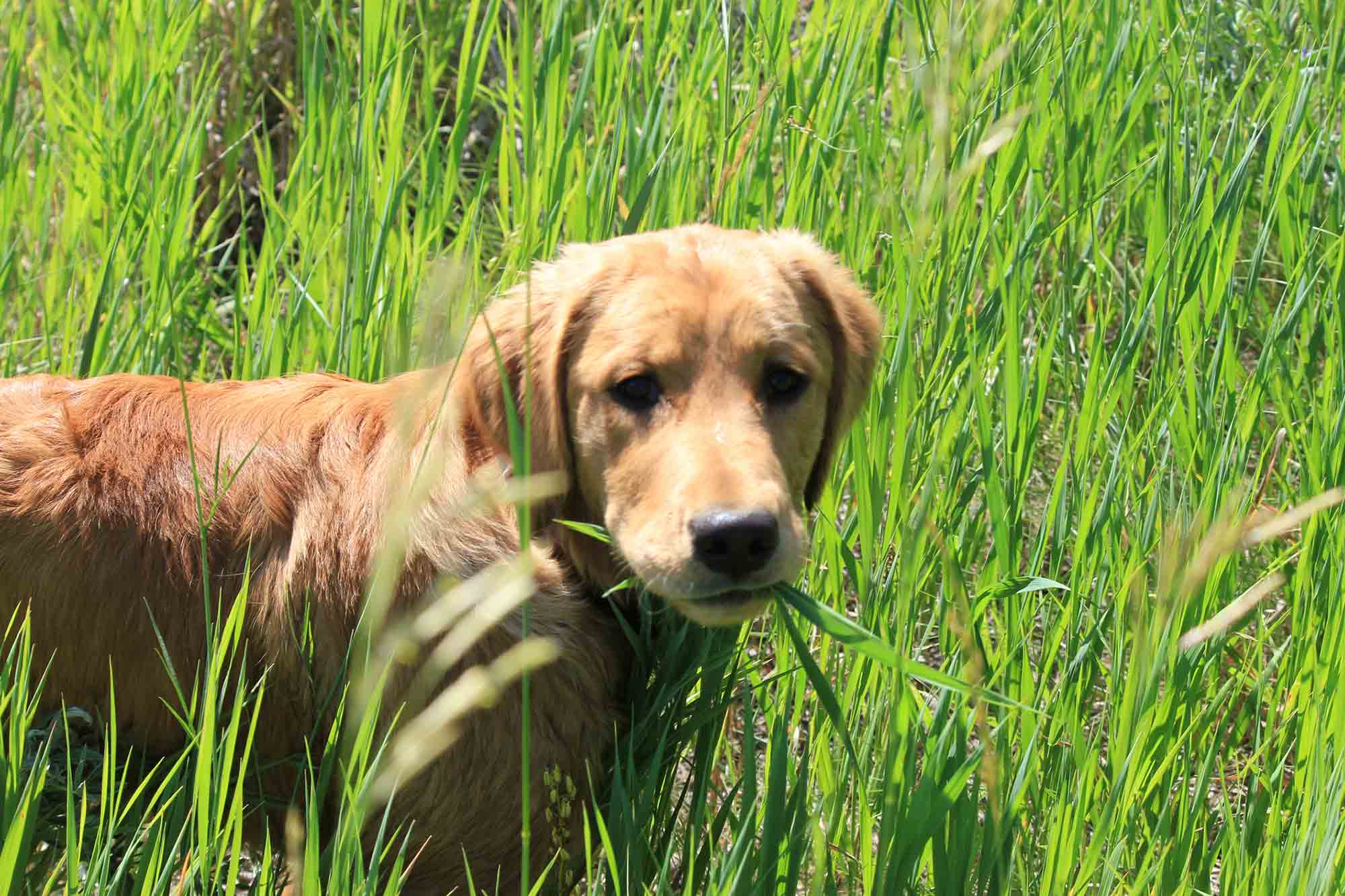
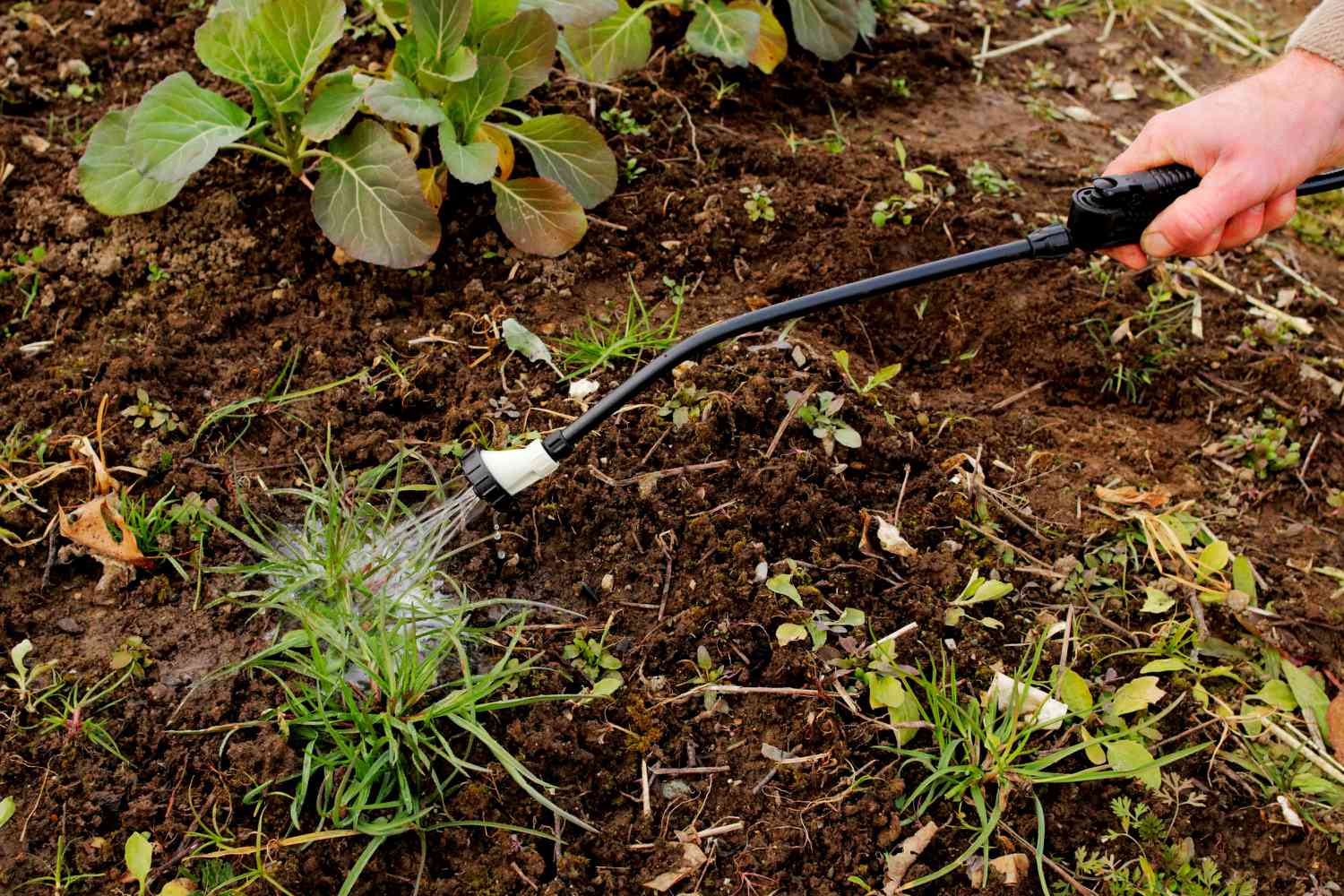
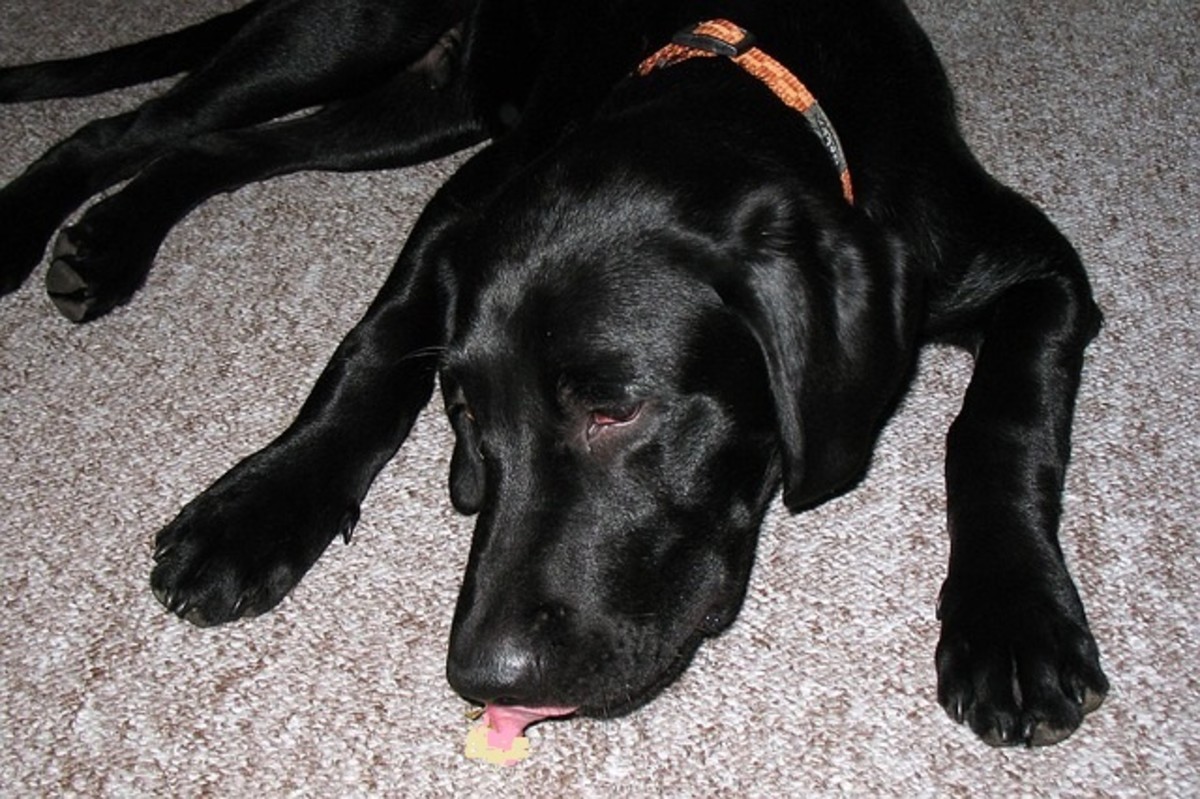

0 thoughts on “Why Is My Dogs Pee Killing My Grass”